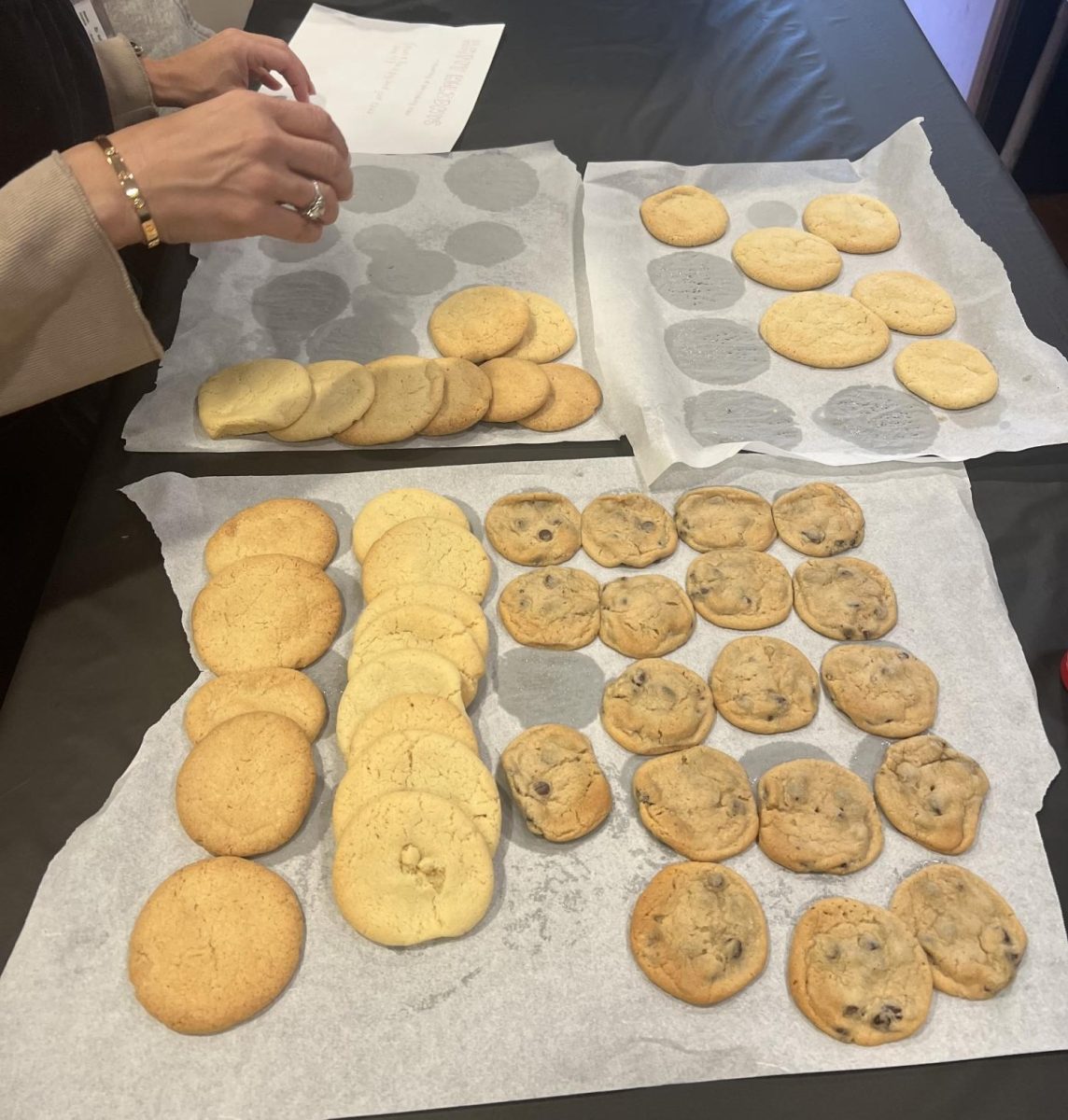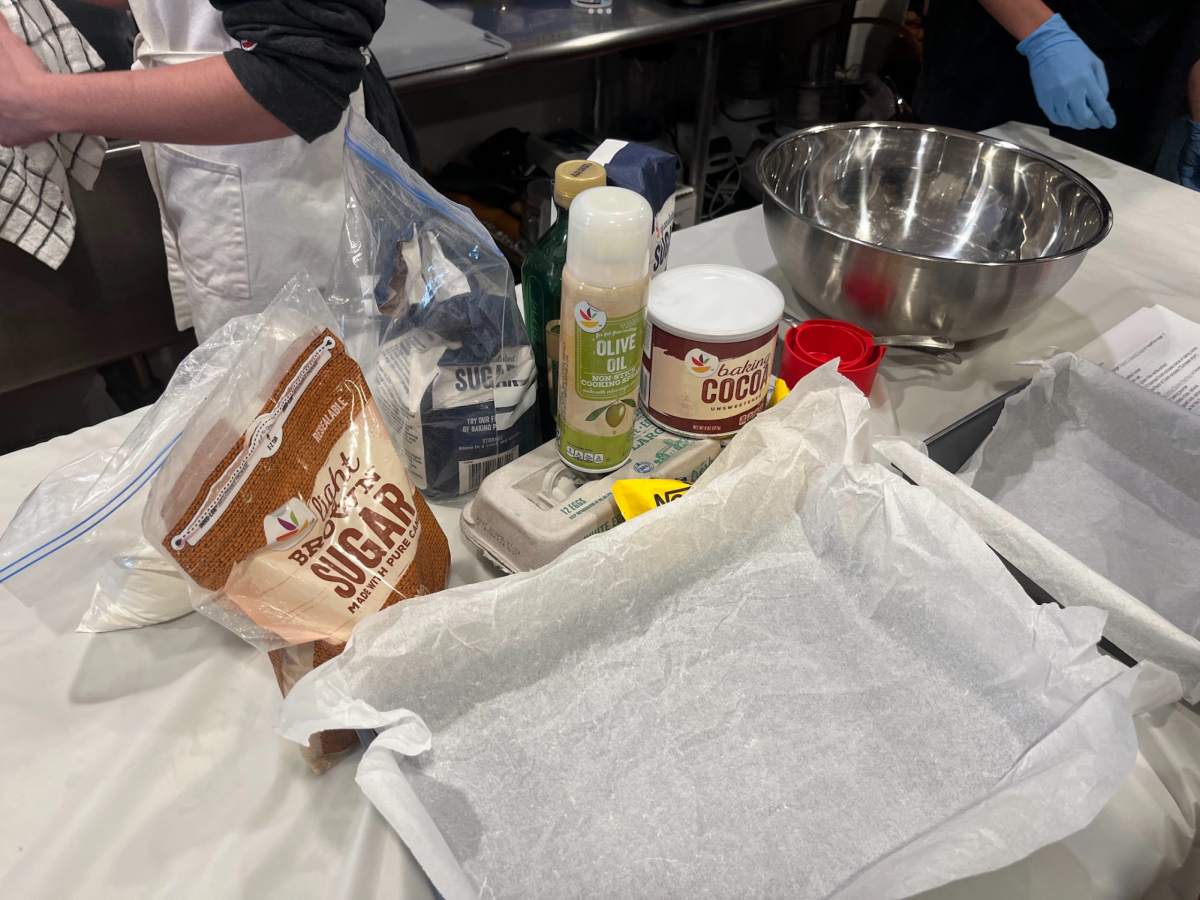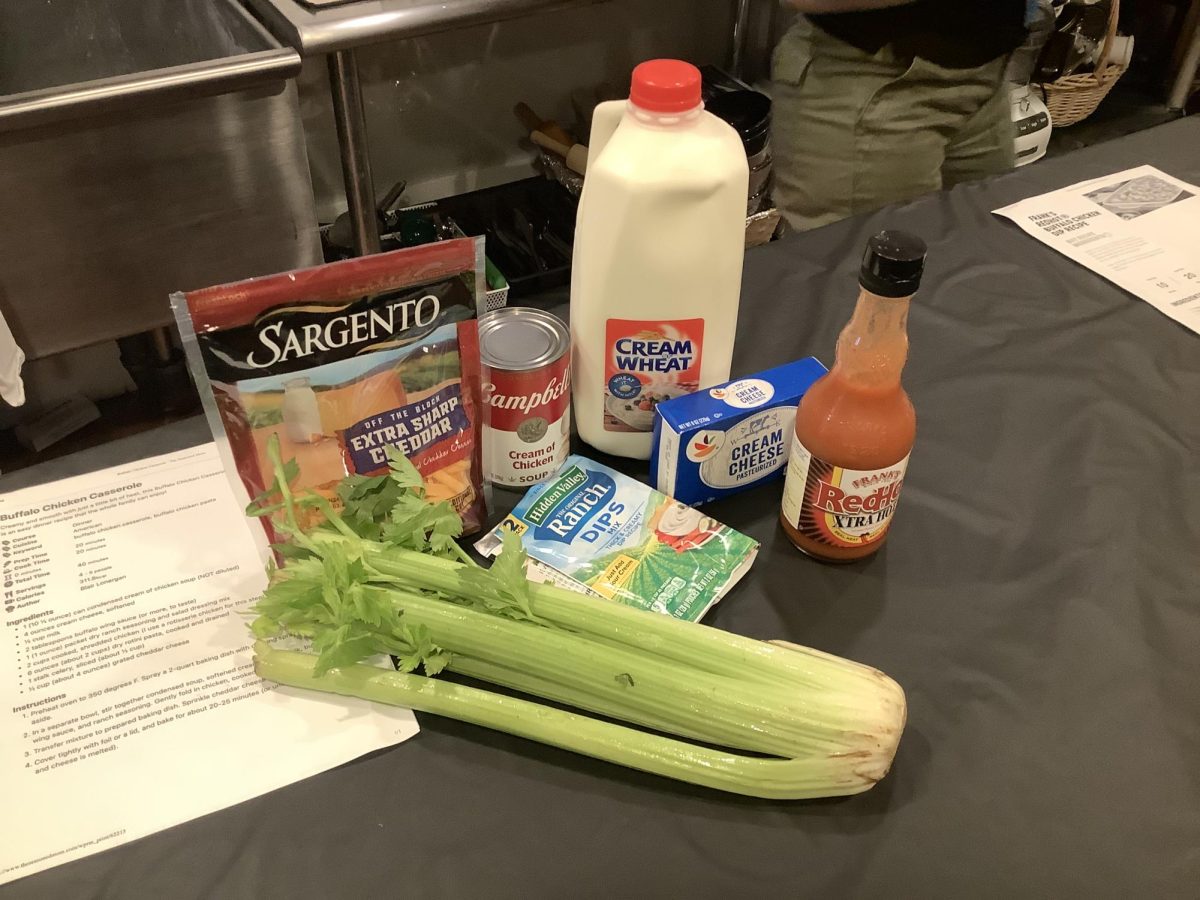Bumbling and Buzzing
You probably haven’t paid much mind to bees other than the frantic shufflings to get away from their buzzing bodies. Though many see these creatures as nuisances that leave behind painful, itchy marks, bees are an essential part of our ecosystem. It is important to first note the common misconception of stingings. Though honeybees are the only species of bees that can die after stinging (this is caused by their barbed stinger which sticks to the skin), bees only sting if they sense danger and/or if you aggravate them.
What They Do
With such small bodies, bees uphold many jobs that produce what we as people take for granted. Honey bees can be attributed to 80% of the world’s pollination which results in produce such as fruits, nuts, and vegetables. Along with the dependence on consumer goods, bees play a vital part in beautifying the environment. By pollinating flowers, bees are perpetuating growth and sustaining a living ecosystem in which other species live as well.

Dire Consequences
The population of bees has dropped nearly 90 percent since the 1990s according to the U.S. Fish and Wildlife Service. The rusty patched bumblebee, once common in the U.S., is now on the brink of extinction. It is currently on the official list of endangered species. What is causing the rapid death of these creatures? Some causes include the use of neonicotinoid insecticides and yes, the big issue, global warming. As temperatures increase with each year getting warmer and warmer, many plants and animals are shifting northwards. According to studies done at the University of Ottawa, bees inhabit southern areas leaving them behind with less plants to pollinate. Bee colonies need approximately 264 lbs of nectar but with all the plants shifting elsewhere, the bees are left behind struggling to survive.
What You Can Do
There are many ways you can help bees maintain their habitat and survival. One way to help is by growing native plants. Bees prefer blue, purple, and yellow flowers with sweet fragrances. They see ultraviolet colors, found on flowers such as buttercups and black-eyed Susans. Another extremely important change that you can make is ridding the use of chemicals on your lawns and gardens. Lastly, you can go green and reduce your carbon footprint. Some ways to reduce your carbon footprint include reducing energy and water use, recycling as much as possible, and buying/eating less meat. All in all, bees are important creatures that make a significant impact on our environment and way of life. Help save them before they are extinct for good.






